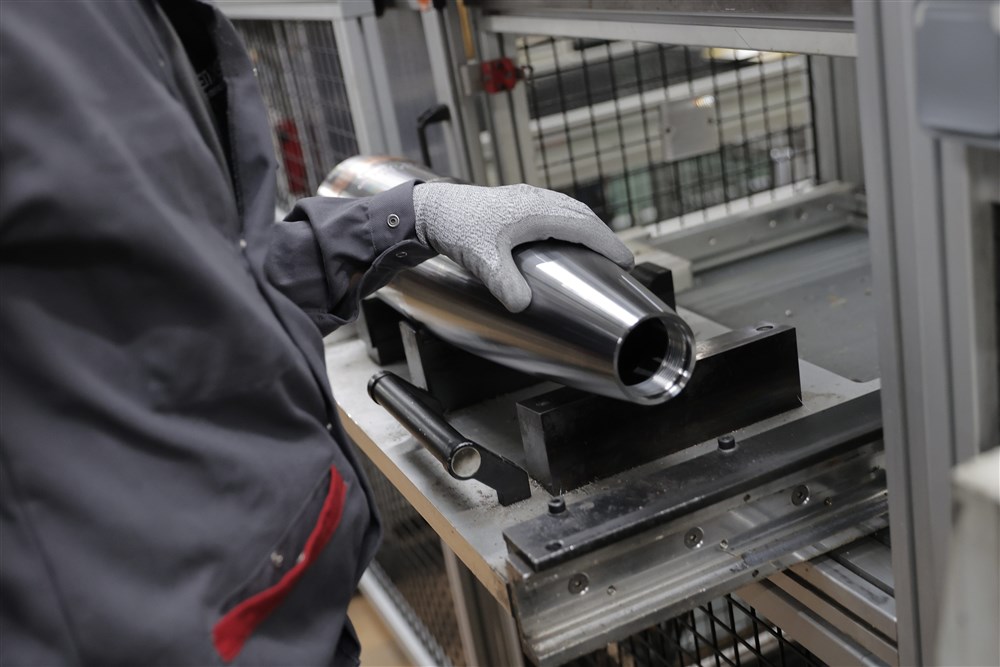The war in Ukraine could be won or lost by the European Union’s ability to ship one specific type of ammunition to the front, to judge by a March 10 press briefing.
European Union officials are in a desperate search not just for artillery ammunition in general but for 155mm shells in particular.
The off-the-record briefing was focused in large part on EU plans to source and send 155mm shells, a NATO standard, to Ukraine. The Ukrainian army is already rationing these shells and is even so using greater quantities than European factories can currently produce.
To eliminate the shortfall, the significant bureaucratic might of the Brussels machine has been brought to bear.
The task has been split into three parts: (i) get existing stocks of 155mm shells to Ukraine; (ii) buy more 155mm shells for Ukraine; (iii) replenish EU Member State stocks of said shells.
To make matters complicated, Brussels diplomats and the various military leaders drafted in to see these tasks through have no idea how many 155mm shells are currently stockpiled by EU Member States. This is not because there is a lack of information, but because national capitals are refusing to share this sensitive information with the Brussels institutions, and thereby with each other.
To coax governments into giving up their precious remaining supplies, EU diplomats have devised a “carrot” scheme based on the tried and tested Brussels policy for sensitive situations: throw money at it.
€1 billion has been earmarked for “encouraging Member States to dig further” into existing stocks, journalists were told, meaning governments will be reimbursed fast (though not fully) if they take up the offer. Caliber 155 shells are top of the list, though there was mention of 105mm shells – also a NATO standard – and Soviet-era 122 and 152-caliber shells which some (probably eastern European) Member States might still have in their arsenals.
Part two of the plan – buy 155mm shells for Ukraine – also has a budget of €1 billion and will be coordinated by the European Defence Agency.
Part three, the replenishment, is perhaps the most difficult because all of the EU’s 15 155mm-shell-manufacturing facilities (spread over 11 countries) are already running at maximum capacity.
Officials explained that ammunition orders placed today will not be delivered until this time next year, which is a long time for tetchy governments to wait. To shorten this timeframe, Brussels is attempting to dismantle logistics bottlenecks, thereby ramping up production. There was talk of new manufacturing facilities, or re-purposing existing facilities and of easing the concerns of the private sector by placing guaranteed orders and helping facilitate access to finance.
The EU’s military aid budget, the somewhat ironically named “Peace Facility”, continues to grow. In addition to the billions of euros that have been either spent or allocated, there is already talk of another “top up” of €3.5 billion (national governments will have the final say).
Officials, who under Brussels media rules cannot be named, were asked if the spending would eat into other EU budgets and were told that this was not the case. The EU budget cannot be used for military purposes, so a separate budget, the Peace Facility, has been created for the purpose. Asked if national governments might tire of the unending calls for cash, journalists were informed that no, there is no “financial fatigue”.
Given that the EU is rolling out a seven-year arms procurement programme, does it expected the war to draw out into a long-term massacre? Brussels was “hoping for the best and preparing for the worst”, press was told.





